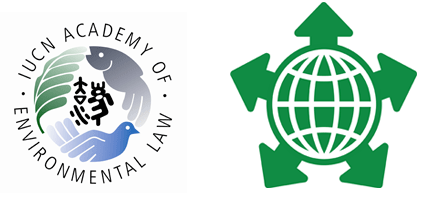Event Title
Environmental Security and the Responsibility to Protect
Location
Room 205
Start Date
3-7-2012 10:30 AM
End Date
3-7-2012 12:00 PM
Description
There is a misperception that climate change poses a gradually mounting threat to national and international security. A more accurate description of the environmental risk is climate disruption, which involves sporadic episodes of severe environmental destruction in the context of worsening environmental degradation and disruption on a more generalized scale, endangering economic, national, international, and human security. This reality poses different types of threats to security: immediate necessities for humanitarian assistance; gradual destabilization of states and regions and adjustment of military resources to deal with these situations; the physical threat to military bases, infrastructure and personnel; and destabilization of physical boundaries and established coalitions. Each of these scenarios necessitates very different adaptive responses. With respect to immediate humanitarian assistance and more gradual destabilization, there is a necessity for innovative military planning for emergency response and more long-term military commitments. Despite the United Nations’ refusal to recognize the responsibility to protect as applicable to climate change consequences, refusal to recognize climate change as a trigger of the responsibility to protect civilian populations ignores the realities of environmental disasters as equivalent in harm to serious human rights violations. All of these scenarios mandate re-allocation of increasingly strained resources, and a global reformulation of legal norms and resource priorities, particularly for the most developed (and thereby morally, if not legally, obligated-to-respond) states.
The premise of this paper is that however much the UN declares the newly emerging norm of state responsibility excludes environmental disasters, the reality is that such crises will be increasingly common. The very real threat to international and human security from these crises cannot be ignored by the Security Council. The United Nations will have to confront when and how its powers should be utilized, and the legal parameters of unilateral and multilateral action outside of Security Council authorization. The normative contours of the responsibility to protect provide much needed guidance in that direction.
Environmental Security and the Responsibility to Protect
Room 205
There is a misperception that climate change poses a gradually mounting threat to national and international security. A more accurate description of the environmental risk is climate disruption, which involves sporadic episodes of severe environmental destruction in the context of worsening environmental degradation and disruption on a more generalized scale, endangering economic, national, international, and human security. This reality poses different types of threats to security: immediate necessities for humanitarian assistance; gradual destabilization of states and regions and adjustment of military resources to deal with these situations; the physical threat to military bases, infrastructure and personnel; and destabilization of physical boundaries and established coalitions. Each of these scenarios necessitates very different adaptive responses. With respect to immediate humanitarian assistance and more gradual destabilization, there is a necessity for innovative military planning for emergency response and more long-term military commitments. Despite the United Nations’ refusal to recognize the responsibility to protect as applicable to climate change consequences, refusal to recognize climate change as a trigger of the responsibility to protect civilian populations ignores the realities of environmental disasters as equivalent in harm to serious human rights violations. All of these scenarios mandate re-allocation of increasingly strained resources, and a global reformulation of legal norms and resource priorities, particularly for the most developed (and thereby morally, if not legally, obligated-to-respond) states.
The premise of this paper is that however much the UN declares the newly emerging norm of state responsibility excludes environmental disasters, the reality is that such crises will be increasingly common. The very real threat to international and human security from these crises cannot be ignored by the Security Council. The United Nations will have to confront when and how its powers should be utilized, and the legal parameters of unilateral and multilateral action outside of Security Council authorization. The normative contours of the responsibility to protect provide much needed guidance in that direction.

